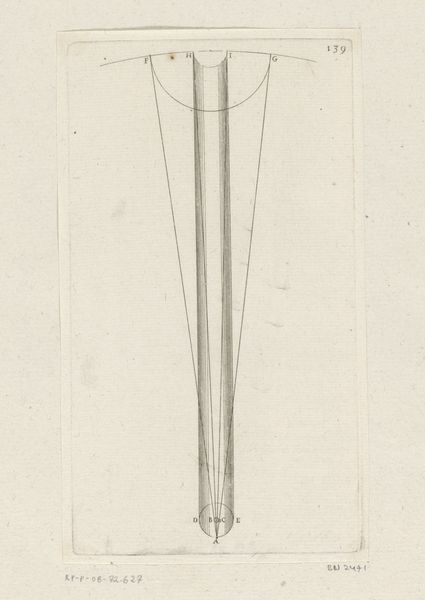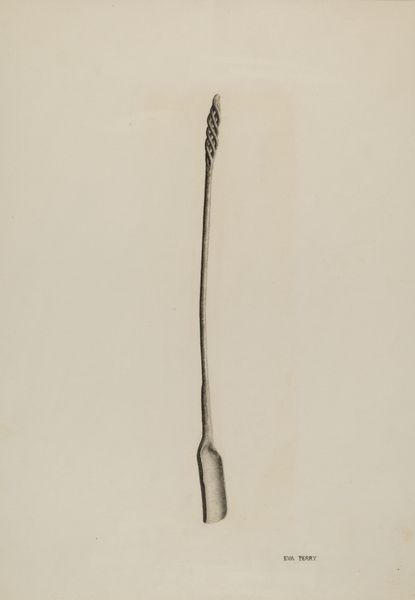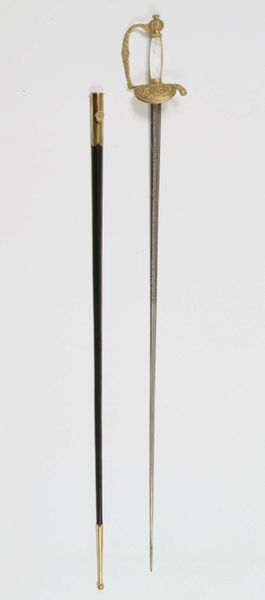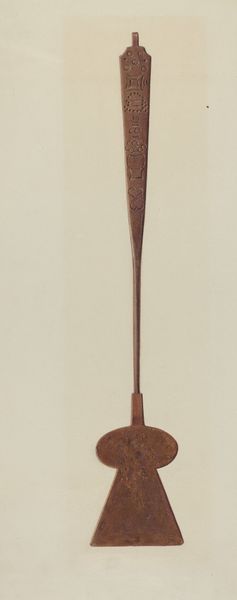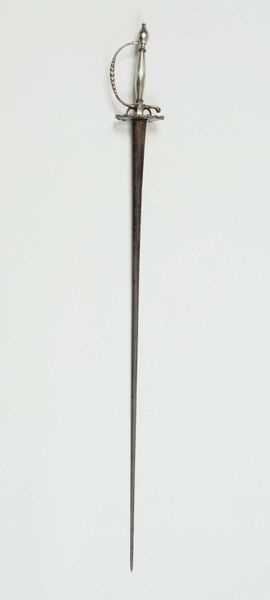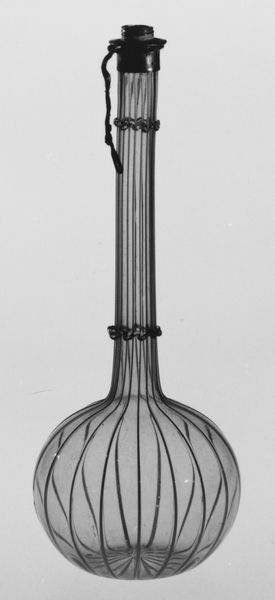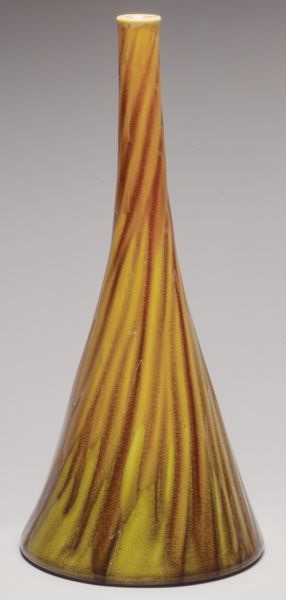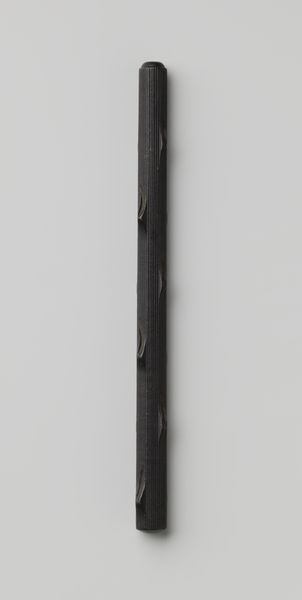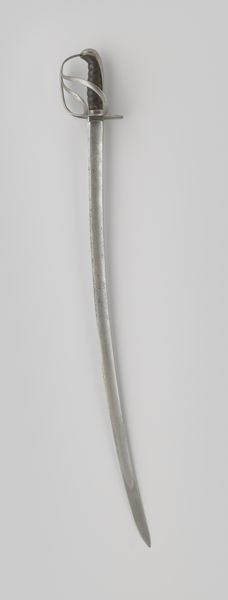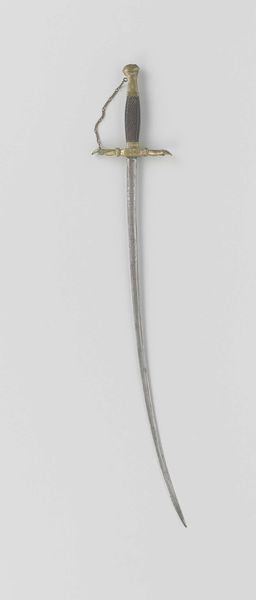
glass, sculpture
#
art-nouveau
#
glass
#
sculpture
#
decorative-art
Dimensions: H. 13 1/8 in. (33.3 cm)
Copyright: Public Domain
Curator: The elegant glass object before us is titled "Vase," created by Louis Comfort Tiffany between 1893 and 1896. It resides here at the Metropolitan Museum of Art, an iconic piece from the Art Nouveau movement. Editor: The sweeping lines immediately suggest fluidity. It reminds me of some fantastical sea creature, a slender, swirling kelp tendril swaying beneath the waves. Is that deliberate? Curator: Quite likely. Tiffany, through his innovative Favrile glass process, was consciously aligning decorative arts with natural forms. The floral and marine motifs characteristic of Art Nouveau are clear here. This piece exemplifies the period's shift toward organic forms, celebrating nature through handcrafted luxury items. Editor: The sinuous curves evoke that turn-of-the-century longing for the untouched world. It speaks to me of metamorphosis, a rigid material somehow blossoming into soft movement. It also reminds of long exposure nature photography with streaking effects. Curator: Absolutely. One might interpret this vase through the lens of class and consumption too. Pieces like these provided a kind of democratization of beauty for middle and upper classes. Decorative objects served as emblems of social aspiration, showcasing wealth and cultural refinement. This aesthetic became synonymous with bourgeois values and their aspirations for leisure and elegance. Editor: Interesting to consider how this kind of "nature worship" has now been almost entirely displaced. Mass manufacturing now drives the production of common household items and separates art from everyday tools. Is the underlying visual and tactile language lost now? Is nature even aesthetically appealing today for most? Curator: Perhaps not in the same ways, or at least that's what Adorno might suggest. Ultimately, the impact of pieces like Tiffany’s Vase comes down to whether or not it continues to challenge how we envision, perceive, and integrate our surroundings, nature or otherwise, into modern society. Editor: For me, it remains an enduring image of transformation, a permanent reminder that even something as cold and hard as glass can convey the grace of nature.
Comments
No comments
Be the first to comment and join the conversation on the ultimate creative platform.
